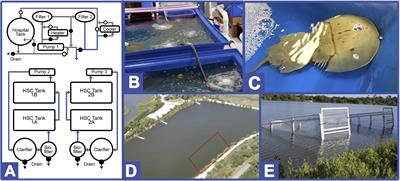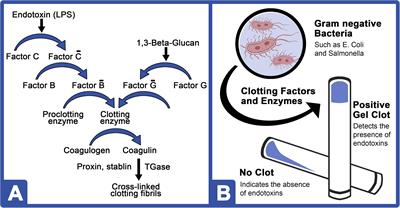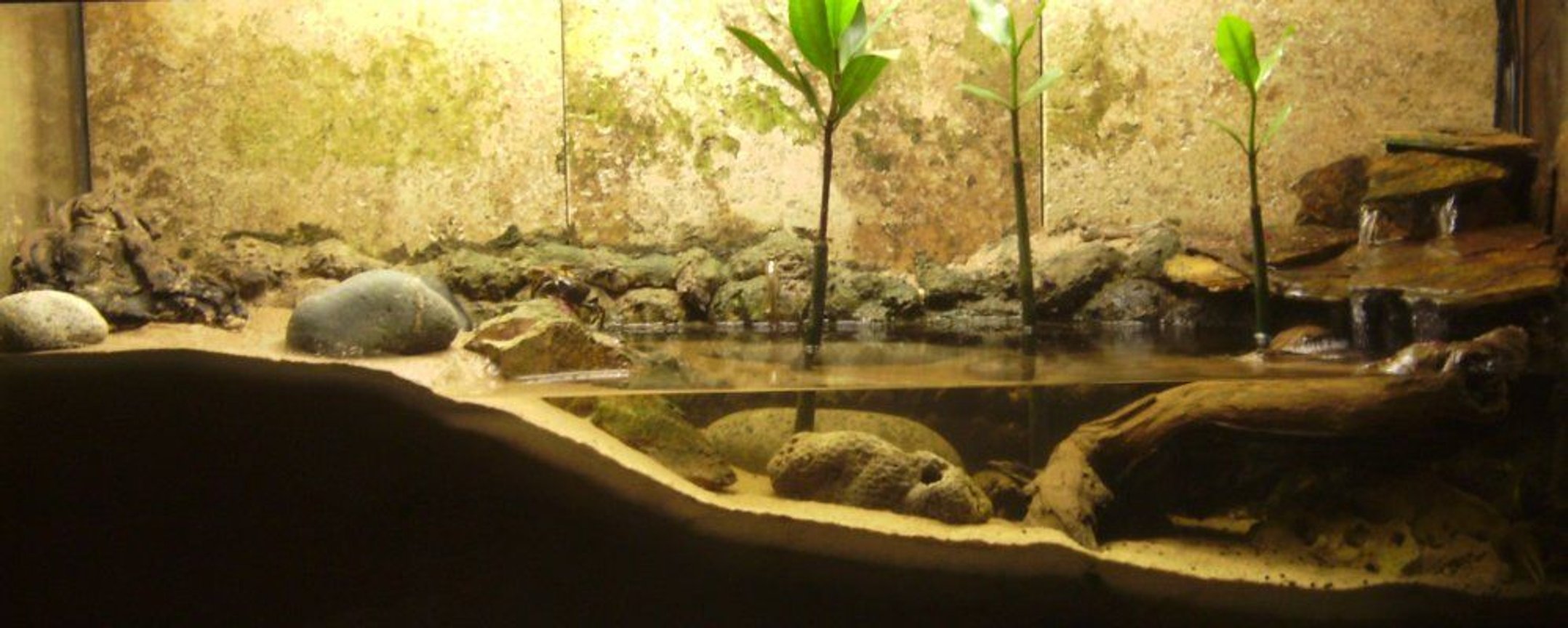(sorry if this is a duplicate to the question post i made a little earlier, im not terribly experienced with a true forum format yet)
Hello! forgive my possible lack of candor, I'm totally inexperienced in the realm of saltwater enclosures, but I do have a crazy idea (ahhh yes, the classic clueless ideas layman i am, i'm sure, but that's why i'm here to learn! ))) I seek an overview of what to expect, what to read up on, and some discussion as to how I would do such a thing with my partner later down the line (we adore benthic arthropods and a horseshoe crab is really high on the list)
))) I seek an overview of what to expect, what to read up on, and some discussion as to how I would do such a thing with my partner later down the line (we adore benthic arthropods and a horseshoe crab is really high on the list)
So, i open with a bit of an esoteric and deceptively simple-sounding question:
How would one keep a horseshoe crab in a healthy environment as close as possible to its natural habitat?
I've browsed around the forums but it seems no one has put together a big or deeply informative thread for it. I see a lot of people trying to keep them in reefs or otherwise populated tanks, but often without the size or scope needed for growth beyond juvenile sizes, and it seems there's a stigma associated with them that they either die or wipe tanks then die. I seek to escape that. A large sepcialized tank is envisioned, with round corners (sharp corners are jarring to animals), probably a custom build all things considered, but that is a consideration for later.
i know this is very far down the road (me and her are still just aspirant collage students who are obsessed with ocean organisms, after all) but I want to aggregate as much information as i can now.
Do keep these broad goals in mind, ordered based on priority:
* ENVIRONMENTAL BEHAVIOUR: at minimum we want to allow them to sift the sand and dig as they would naturally, which probably requires a completely bio-active tank to facilitate algae, worms, debris, etc. and some brackish/open sea plants, as well as adequately deep sand. Reduces reliance on us for feeding and also results in what is probably overall more stimulated horseshoe crabs and other critters <3 how would this be done?
* LIFETIME: equivalent value to above, we want this crab to live healthily as long as possible, at least into maturity (9 or so years) and then sustain as long as possible after that. I've read the threads about them requiring a lot of small food as adults or even juveniles, but i feel it doable. thoughts?
* OTHER ENVIRONMENT: related to tank engineering, in an absolutely ideal tank we want to simulate both the North American or Asian littoral seabed AND a small section of coastal shore, so that their environment is further diversified. Alternatively, a mangrove environment is an idea since that environment's real depth is similar to a tank's is some areas, closer to what C. rotundicauda lives in). This would also probably require at least a part of the biodiversity present in the form of waste producing creatures and some very small coastal crustaceans, etc, regardless of the environmental type.
* BREEDING BEHAVIOUR: this is a totally crazy idea, i know, especially since captive breeding of HC's is a deeply complex and poorly understood subject. from what I've read this idea would require a permitted collection from the wild alongside at the very least some natal sands of the horseshoe crab in question, as L. polyphemus will only breed in sands close to their birthing areas among several other stipulations. but, wouldn't it be SO cool? The true ideal is to have at least a mating pair, possibly a second male to throw in some diversity and competition, though I worry that any more than two adults would be pushing the limits of a home aquarium. we'd be perfectly happy with one all things considered, but a breeding pair would be phenomenal both for conservation purposes and also for observation.
Of course such a feat would require extremely granular simulations of temperature, lighting, etc as well, hence its low position on the list.
*TIDAL/WAVE SIM: another crazy and probably unnecessary idea, but some form of tide depth or wave movement alongside other environment simulations would be awesome, but with it comes more complexity that may be undesirably taxing.
Thoughts? Please discuss. again i know it gets more crazy and ambitious as the list goes down, and even a bioactive tank is a wild idea as a beginner, but i do think keeping at least one healthy and stimulated horseshoe crab is possible with care towards its environment, and i want to make it work some day. I also may be way overthinking it but honestly any input is cool
Thank you!!!!
Hello! forgive my possible lack of candor, I'm totally inexperienced in the realm of saltwater enclosures, but I do have a crazy idea (ahhh yes, the classic clueless ideas layman i am, i'm sure, but that's why i'm here to learn!
So, i open with a bit of an esoteric and deceptively simple-sounding question:
How would one keep a horseshoe crab in a healthy environment as close as possible to its natural habitat?
I've browsed around the forums but it seems no one has put together a big or deeply informative thread for it. I see a lot of people trying to keep them in reefs or otherwise populated tanks, but often without the size or scope needed for growth beyond juvenile sizes, and it seems there's a stigma associated with them that they either die or wipe tanks then die. I seek to escape that. A large sepcialized tank is envisioned, with round corners (sharp corners are jarring to animals), probably a custom build all things considered, but that is a consideration for later.
i know this is very far down the road (me and her are still just aspirant collage students who are obsessed with ocean organisms, after all) but I want to aggregate as much information as i can now.
Do keep these broad goals in mind, ordered based on priority:
* ENVIRONMENTAL BEHAVIOUR: at minimum we want to allow them to sift the sand and dig as they would naturally, which probably requires a completely bio-active tank to facilitate algae, worms, debris, etc. and some brackish/open sea plants, as well as adequately deep sand. Reduces reliance on us for feeding and also results in what is probably overall more stimulated horseshoe crabs and other critters <3 how would this be done?
* LIFETIME: equivalent value to above, we want this crab to live healthily as long as possible, at least into maturity (9 or so years) and then sustain as long as possible after that. I've read the threads about them requiring a lot of small food as adults or even juveniles, but i feel it doable. thoughts?
* OTHER ENVIRONMENT: related to tank engineering, in an absolutely ideal tank we want to simulate both the North American or Asian littoral seabed AND a small section of coastal shore, so that their environment is further diversified. Alternatively, a mangrove environment is an idea since that environment's real depth is similar to a tank's is some areas, closer to what C. rotundicauda lives in). This would also probably require at least a part of the biodiversity present in the form of waste producing creatures and some very small coastal crustaceans, etc, regardless of the environmental type.
* BREEDING BEHAVIOUR: this is a totally crazy idea, i know, especially since captive breeding of HC's is a deeply complex and poorly understood subject. from what I've read this idea would require a permitted collection from the wild alongside at the very least some natal sands of the horseshoe crab in question, as L. polyphemus will only breed in sands close to their birthing areas among several other stipulations. but, wouldn't it be SO cool? The true ideal is to have at least a mating pair, possibly a second male to throw in some diversity and competition, though I worry that any more than two adults would be pushing the limits of a home aquarium. we'd be perfectly happy with one all things considered, but a breeding pair would be phenomenal both for conservation purposes and also for observation.
Of course such a feat would require extremely granular simulations of temperature, lighting, etc as well, hence its low position on the list.
*TIDAL/WAVE SIM: another crazy and probably unnecessary idea, but some form of tide depth or wave movement alongside other environment simulations would be awesome, but with it comes more complexity that may be undesirably taxing.
Thoughts? Please discuss. again i know it gets more crazy and ambitious as the list goes down, and even a bioactive tank is a wild idea as a beginner, but i do think keeping at least one healthy and stimulated horseshoe crab is possible with care towards its environment, and i want to make it work some day. I also may be way overthinking it but honestly any input is cool
Thank you!!!!



















